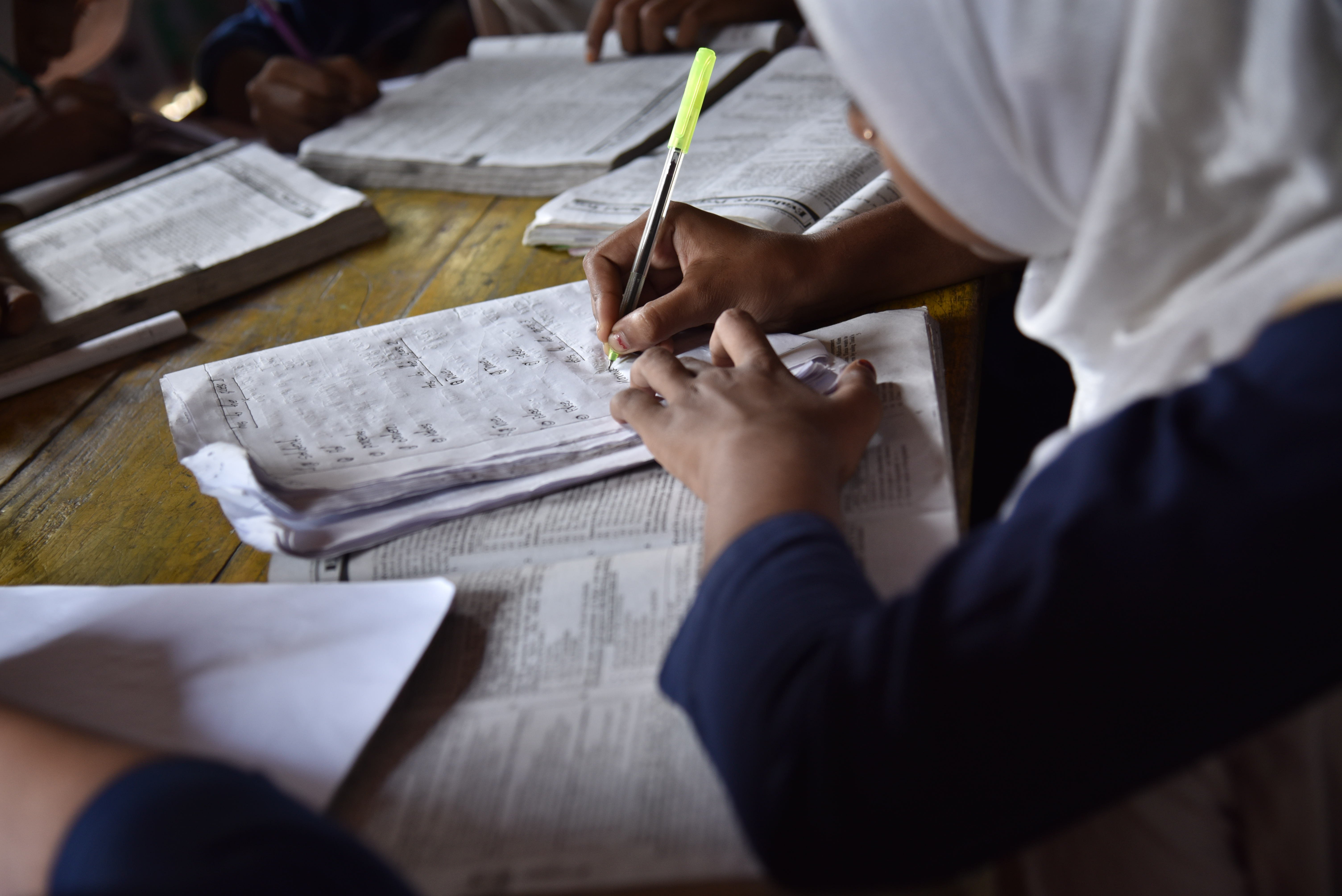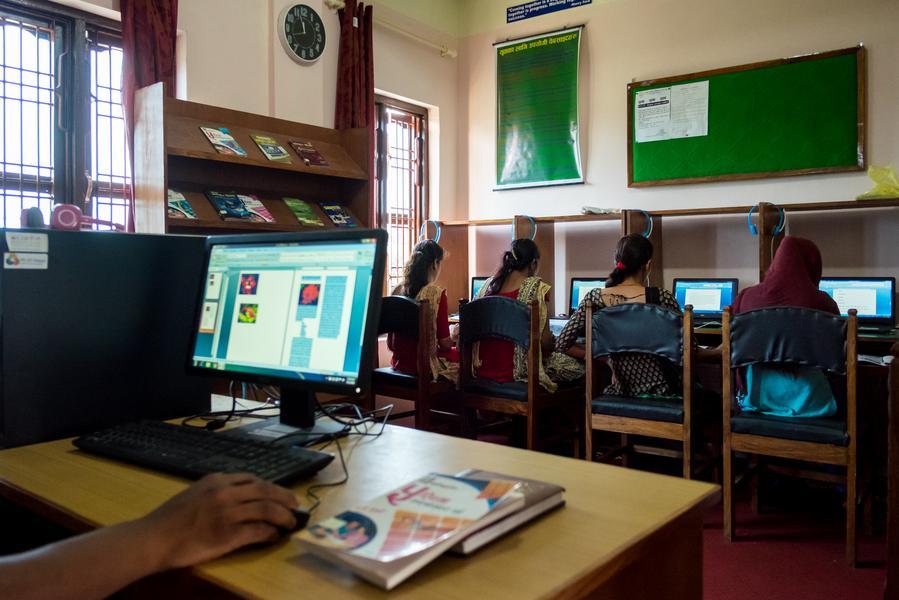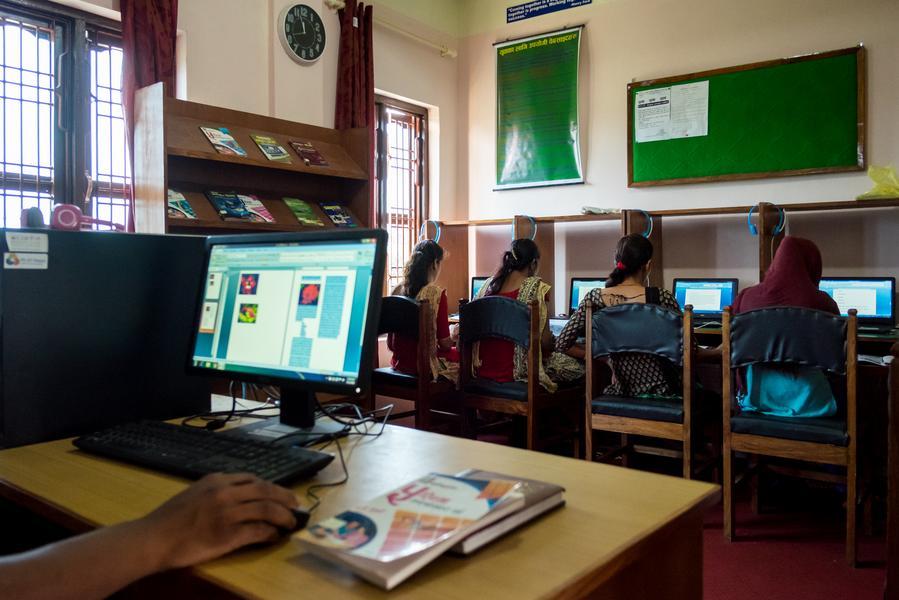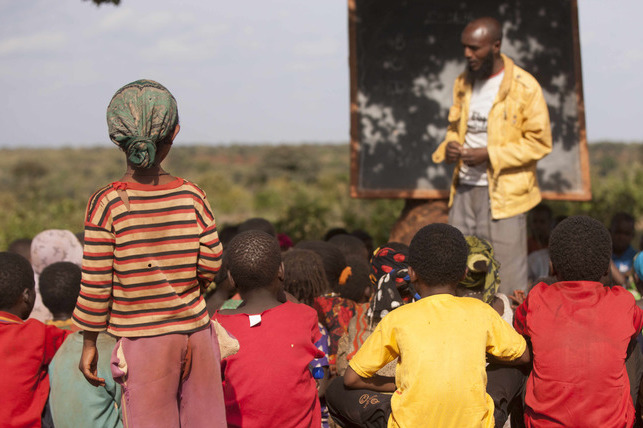Context and Issue
Educational institutions faced significant challenges in achieving consistent and effective student learning outcomes due to a lack of a common understanding of effective teaching practices, resulting in fragmented and often ineffective instructional strategies. Teachers worked in isolation, without a shared language or framework to guide their efforts, and there was widespread uncertainty about the impact of various educational practices on student learning, making it difficult to prioritize high-impact strategies. In response to these issues, the Visible Learning program was initiated based on the extensive research of Professor John Hattie from the University of Melbourne.
Solution
The Visible Learning program offers a solution by providing an evidence-based framework for measuring and evaluating the impact of educational practices on student growth and achievement. Based on Professor John Hattie's extensive research, which synthesized over 2,100 meta-analyses involving more than 132,000 studies and 300 million students worldwide, the program identifies and prioritizes high-impact strategies to improve learning outcomes. Success for all is defined as achieving consistent and effective student learning outcomes through high-impact teaching practices, fostering a collaborative environment, and continuously measuring and improving instructional strategies. The program was started to address widespread issues such as the lack of a common understanding of effective teaching practices and the need for a research-driven approach. Initiated through a collaboration between Professor Hattie and Corwin, it formally began in 2018 with schools like St Joseph's School in Stanthorpe, Queensland, adopting its principles. Visible Learning+ is implemented through a structured professional learning model called the School Impact Process, which involves building a foundation, enhancing school capability, measuring growth, and ensuring long-term sustainability. The program enables educators to understand, measure, and evaluate their impact on student learning, using data to create customized professional learning action plans. Delivered through a global network of providers in over 20 countries, key elements include high-impact practices, collaborative professional development, data-driven decision-making, and continuous improvement. By leveraging Hattie's research, the Visible Learning program aims to create a cohesive, effective, and sustainable approach to improving student learning outcomes.
Impact
The Visible Learning program has significantly improved student learning outcomes by focusing on high-impact teaching strategies with an average effect size above 0.4, equivalent to a year's worth of student growth per year. Schools like St Joseph's in Stanthorpe, Queensland, and St Bernard's in East Coburg, Victoria, reported enhanced student performance and engagement, as well as improved national assessment data. The program's success is evident in its global reach, offering professional learning services in over 20 countries and fostering consistent teaching practices, better educator collaboration, and student-centered learning. By enabling assessment-capable visible learners and promoting continuous improvement, Visible Learning has effectively contributed to better educational achievements for millions of students worldwide.












